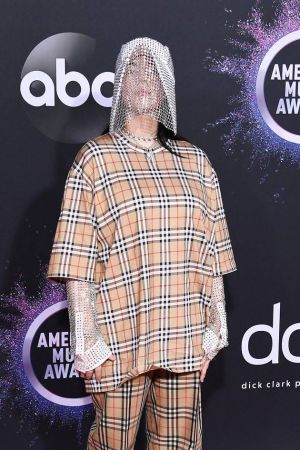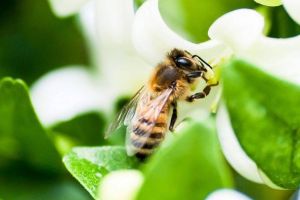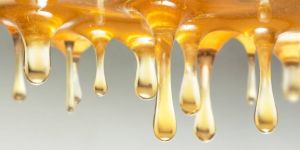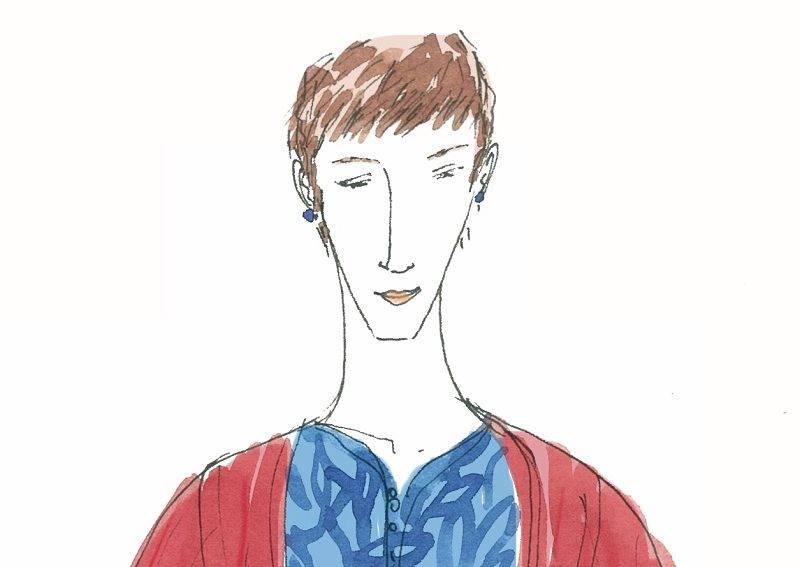Drawn to the City: Sandra Ullrich, the beekeeper

Sandra Ullrich is a beekeeper who approaches the ancient art of apiculture as a mindful pursuit. Honey bees work towards a common goal of sustaining their community while pollinating plants.
Bees are perhaps the only creatures that cause no harm to others as they feed their colony. Inspired by these fascinating anthophila, Ullrich created the Adelaide Bee Sanctuary in 2015, an operation that seeks to make our city a safe haven for these unique insects.
 After six years working as a beekeeper, Ullrich describes the practice as a spiritual exercise. But Ullrich also knows just what hard work caring for bees is. “Beekeeping is physically demanding, it’s hot and it’s sweaty.”
After six years working as a beekeeper, Ullrich describes the practice as a spiritual exercise. But Ullrich also knows just what hard work caring for bees is. “Beekeeping is physically demanding, it’s hot and it’s sweaty.”
Not afraid of a bee sting, Ullrich approaches beekeeping with an attitude that shows how we can work with bees rather than fear them. Government House, the Adelaide Zoo, Archbishop’s House and the Christie Walk Ecological CoHousing Project are some of the key locations in the CBD that sponsor hives for the Adelaide Bee Sanctuary. Leading chefs such as Poh Ling Yeow, Simon Bryant and Bethany Finn are also supporters of the program.
Ullrich first got involved with beekeeping when visiting friends with beehives in their urban garden.
“It was instantaneous, my interest in them,” says Ullrich. “I was always rescuing ants, butterflies and moths from childhood, so beekeeping felt natural to me.”

Ullrich’s real job has taken her from practicing as a surgical nurse to specialising in high level aged care and she is currently the Program Director for the Bachelor of Nursing (Theory) and a lecturer in the School of Nursing and Midwifery at the University of South Australia. Ullrich believes her work influences how she approaches beekeeping and how she encourages others to benefit from the practice.
All beekeepers must be registered and pass disease and pest management courses. Often the process of setting up a new hive starts by rescuing a wild swarm. “I’ve collected 19 swarms, and I get a thrill from saving them,” she says. When a swarm is collected, like all kept bees, they come under the legislation and protection of the Livestock Act.
On beekeeping expeditions Ullrich can’t live without her quality beekeeping suit, gloves and boots. Tools of her trade include a smoker and hive tool, but the most important tool is a good disposition. “You must be calm and gentle, and meet the bees with a good spirit.” Ullrich approaches the hives with great respect. “I am considered and mindful when pulling honey, I work methodically through the hive. And no hive is open for longer than 20 minutes during an inspection.
 “Opening the hive is like a storybook, [the bees] are telling you something. When looking at the details, like the wax, you can learn about the life cycle of the hive, from the eggs to the queen. Reading the hive determines what I am going to do. From feeding the bees, to how I will attend to all the records I keep.”
“Opening the hive is like a storybook, [the bees] are telling you something. When looking at the details, like the wax, you can learn about the life cycle of the hive, from the eggs to the queen. Reading the hive determines what I am going to do. From feeding the bees, to how I will attend to all the records I keep.”
Ullrich works to introduce young people to beekeeping via her volunteer program as well as special cases such as engaging children with autism with the practice as therapy.
“Ninety percent of beekeeping is working with people, and that is what I love.
“As a nurse I saw how a cup of tea is like a conduit between people, it gets people talking and opens them up.” Ullrich feels the same attitude is vital when working with bees. “I think bees have a lot to teach us. There is so much to observe in their life cycle, from a bee’s first P-plater flight, to the last stumble towards death. They are a mirror of us and our behaviours.”
Leo Greenfield is a freelance illustrator
leogreenfield.com





